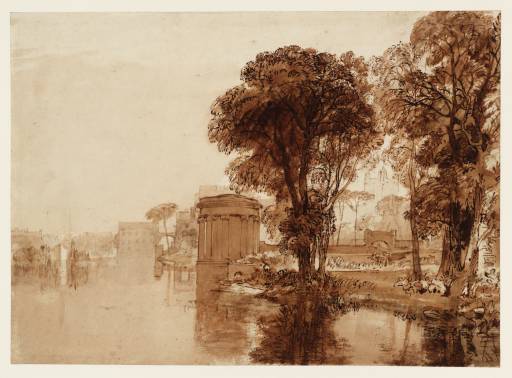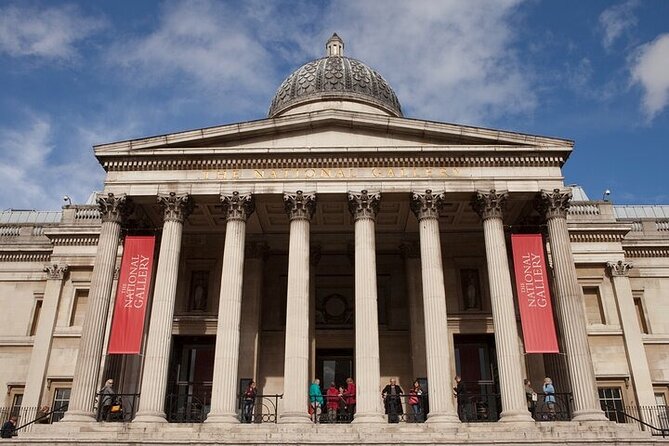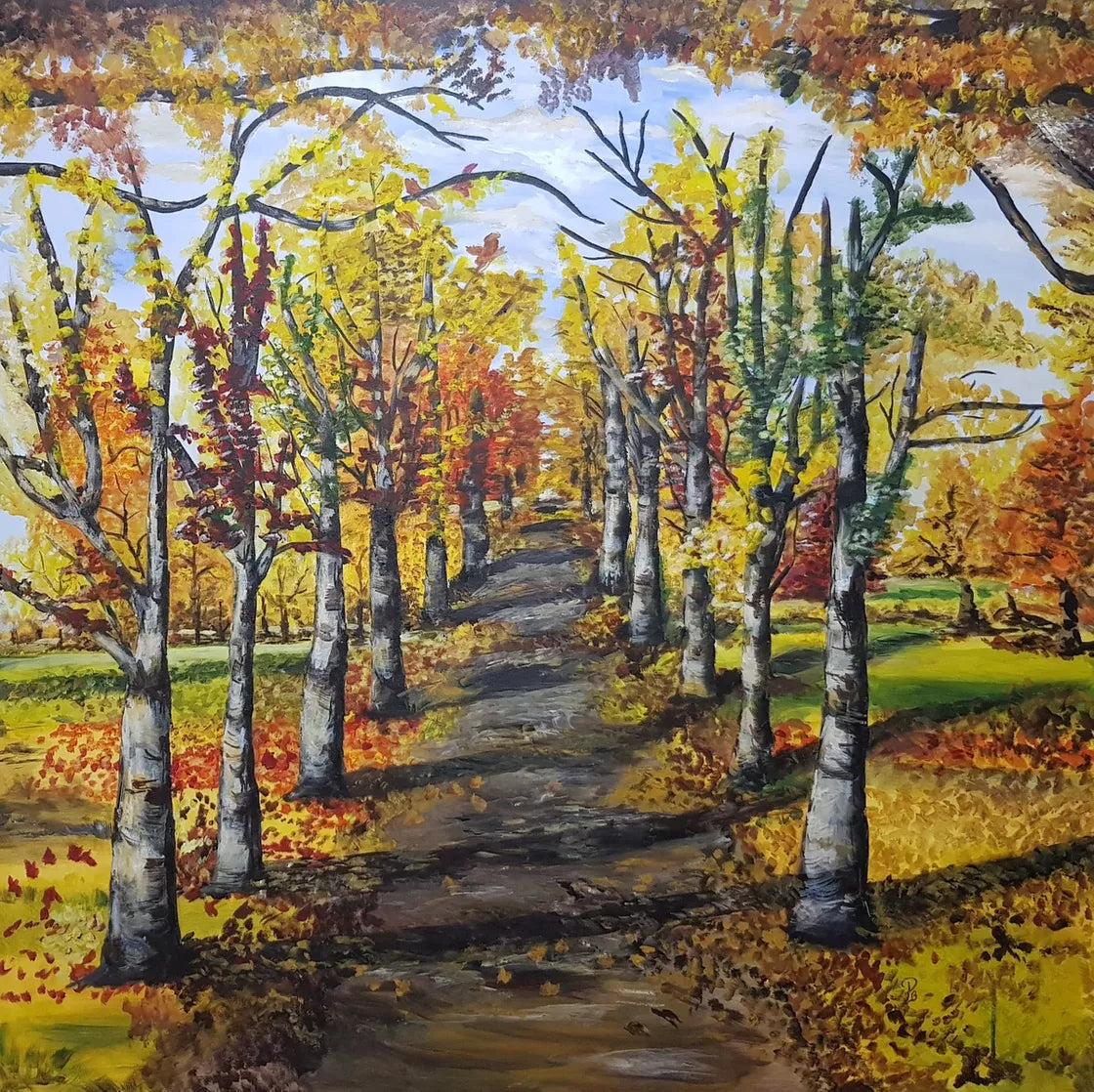
Joseph Mallord William Turner (1775-1851)
Joseph Mallord William Turner (1775-1851) was one of the most renowned British landscape and seascape painters of the Romantic era. Though he was born and spent much of his life in London, Turner had a 20 year connection to Isleworth in west London.
Between 1805 and 1826, Turner rented a house there which gave him views of the grand, round pavilion across the river built as part of Syon House in 1803.

Isleworth c.1810-15
The source for Turner's classicized Liber Studiorum design was recognized as the domed, Ionic boathouse-pavilion at Syon Park in Isleworth, built in 1803, overlooking the Thames. Turner rented a house between this pavilion and the church in Isleworth from 1805-1826.
Turner likely deliberately chose this site along the Thames which had sentimental value to him.
Turner in Isleworth
Why was Turner in Isleworth?
In 1804, Turner purchased a small cottage and land in Isleworth overlooking the River Thames. He used this cottage as a country retreat and studio for over 20 years.
Did Turner paint in Isleworth?
Many of Turner's paintings were created at his Isleworth cottage, where he could look out over scenic views of the Thames. These included several paintings focused on Isleworth itself as well as wider Thames river scenes.
Is Turner's Isleworth cottage still there?
Turner lived at the Isleworth cottage until 1826 when he sold it due to plans to build a new road nearby. But the cottage provided an important retreat for Turner during his most productive period as a young and middle-aged artist.
What remains of Turner's time in Isleworth?
Aparet from many of his famous paintings, there is a blue historic plaque marking where Turner's cottage stood in Isleworth. The plaque commemorates his time spent capturing the settings by the Thames that inspired some of his most celebrated landscape artworks.

See Turner's work on display
Hop on a tour of the National Gallery, where you'll see Turner's sensational work on display. From London’s Trafalgar Square, the Gallery collects and cares for some of the world’s greatest paintings and shares them with everyone to see.
P.S they might even throw in an afternoon tea!

Interested in Art?
Take a look at Artfinder. They're on a mission to make art sustainable, accessible, affordable, and a joy to discover, while supporting artists to make a living doing what they love.
Check out this amazing acrylic painting of our very own Osterley Park, by Parul Baliyan.
Collections
-

Claudia Marchese
About the Artist Claudia Marchese is an Italian painter and designer illustrator...
More on Isleworth's connection to art
-
Find out more
The Isleworth Mona Lisa
-
Find out more
Vincent Van Gogh in Isleworth
-
Find out more
Isleworth's Art Connection



